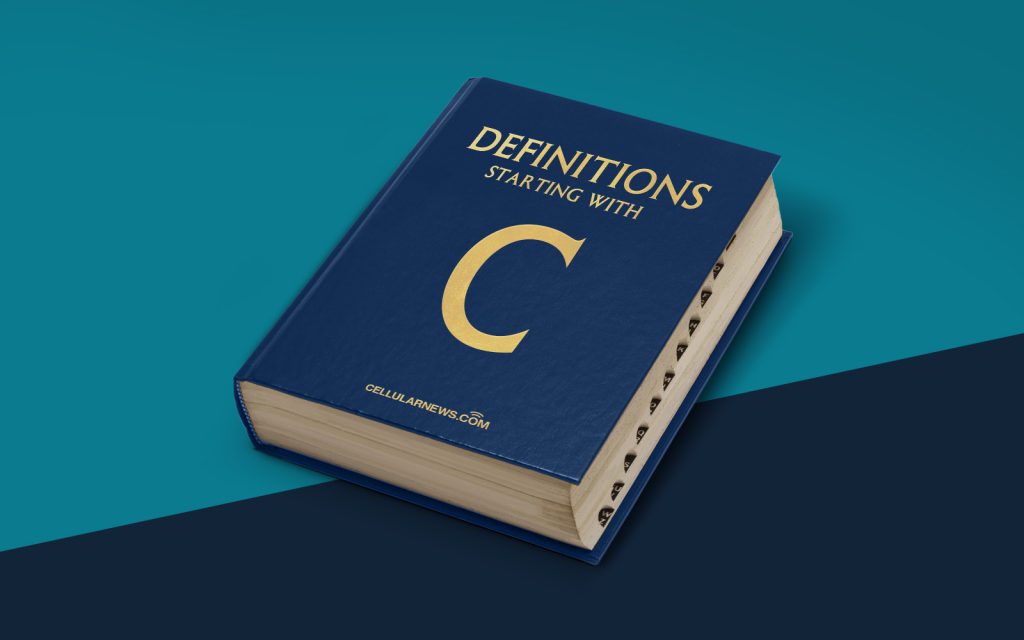
Curious about Curation? Here’s the Scoop!
Have you ever wondered what exactly curation is? In today’s digital age, the term “curation” is often thrown around, but not everyone is clear on what it really means. Fear not, for this article aims to demystify the concept of curation and provide you with a comprehensive understanding.
Key Takeaways
- Curation involves the process of gathering, organizing, and presenting valuable information, content, or artifacts.
- A curator serves as a knowledgeable guide who carefully selects and curates relevant and high-quality resources for a specific audience.
Unveiling the Meaning of Curation
Curation is not limited to the realm of art galleries and museums. In the digital world, curation has taken on a whole new meaning. It refers to the process of gathering, organizing, and presenting valuable information, content, or artifacts in a way that is meaningful and accessible to a specific audience.
Think of a curator as a skilled and knowledgeable guide who helps navigate the vast sea of information and handpicks the most essential and relevant resources for you. This can be in the form of articles, blog posts, videos, images, or any other type of digital content.
Now, you might be wondering, “Why is curation important in the digital age?” Well, with the exponential growth of information available online, curation is a valuable tool that helps cut through the noise and delivers curated content that is tailored to your needs and interests.
Let’s dive deeper into the world of curation and explore some of its key characteristics:
1. Careful Selection
A curator acts as a gatekeeper, carefully sifting through the vast amount of content available to identify the most relevant and high-quality resources. By bringing together these curated resources, a curator saves the audience time and effort, providing them with a refined selection.
Curation involves a meticulous selection process that considers various factors, including the credibility of the sources, the relevance to the topic or theme, and the quality of the content. By taking on the role of a curator, you are essentially acting as a trusted filter, ensuring that only the best content reaches your audience.
2. Organization and Presentation
Curation goes beyond simply gathering resources; it also involves organizing and presenting them in a coherent and easily understandable manner. A curator takes the time to arrange the curated content in a logical order, creating a narrative or flow that enhances the overall user experience.
Using various techniques such as categorization, tagging, and structuring, a curator brings structure to the curated content, enabling the audience to navigate through it effortlessly. The presentation aspect of curation is crucial to capture the audience’s attention and engage them in a meaningful way.
So, whether you are curating content for a blog, social media platform, or an online community, remember that organizing and presenting curated resources effectively is key to creating a valuable user experience.
Curating for Success
Now that we’ve dissected the concept of curation, you might be wondering how to incorporate it into your own online endeavors. Whether you are a content creator, a marketer, or simply someone passionate about sharing valuable information, here are a few tips to get you started:
- Identify your audience: Understand who your target audience is and their specific interests, needs, and preferences. This will guide you in curating content that resonates with them.
- Stay updated: Keep yourself informed about the latest trends, developments, and advancements in your field of interest. This will ensure that your curated content remains relevant and up-to-date.
- Be selective: Choose quality over quantity. Focus on curating resources that provide unique insights, diverse perspectives, and valuable information to your audience.
- Add your personal touch: Put your own spin on the curated content by providing context, analysis, or commentary. This will enhance the value of the curated resources and establish your expertise.
- Engage with your audience: Encourage feedback, discussions, and interactions around the curated content. This not only builds a sense of community but also allows you to better understand your audience’s needs and preferences.
Remember, curation is not about copying or regurgitating existing content but about carefully selecting and presenting valuable resources in a way that adds value to your audience. So go ahead, embrace the role of a curator and curate your way to success!
